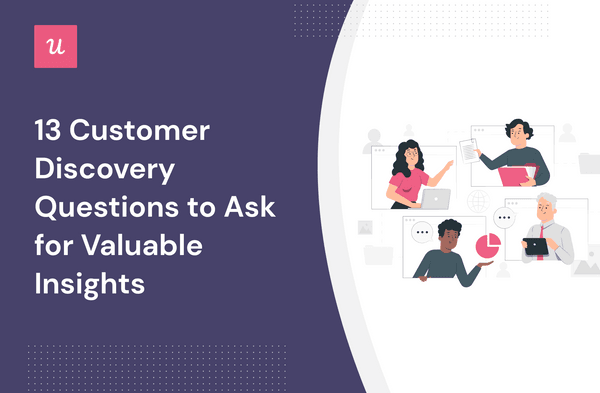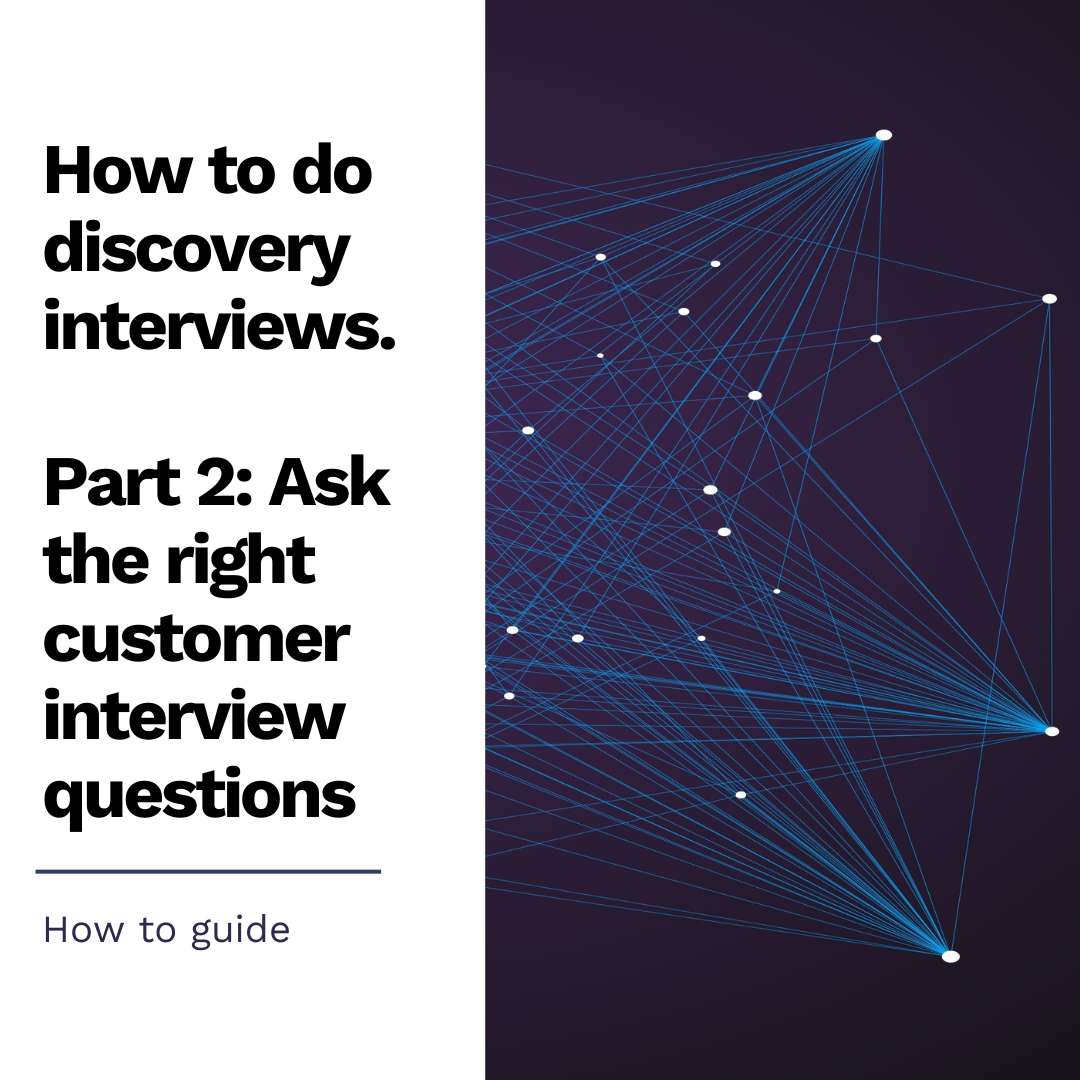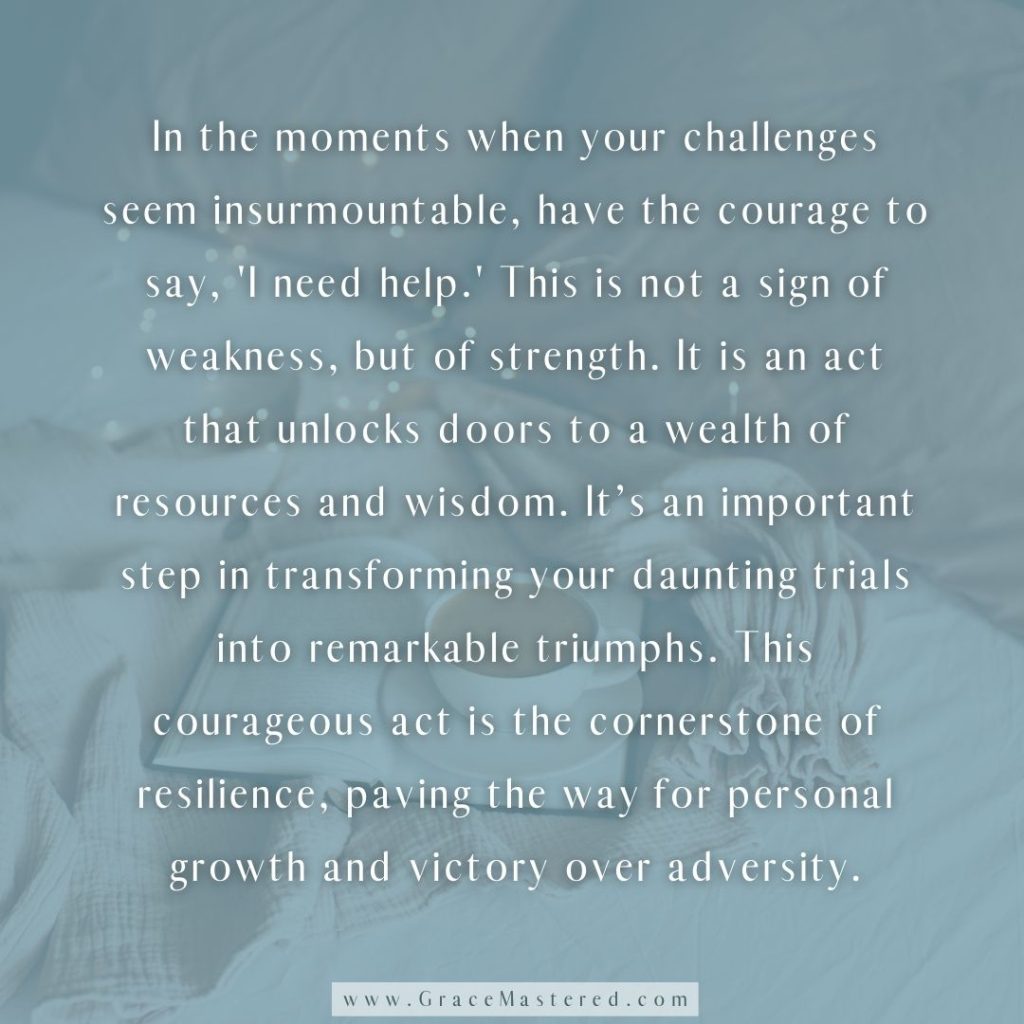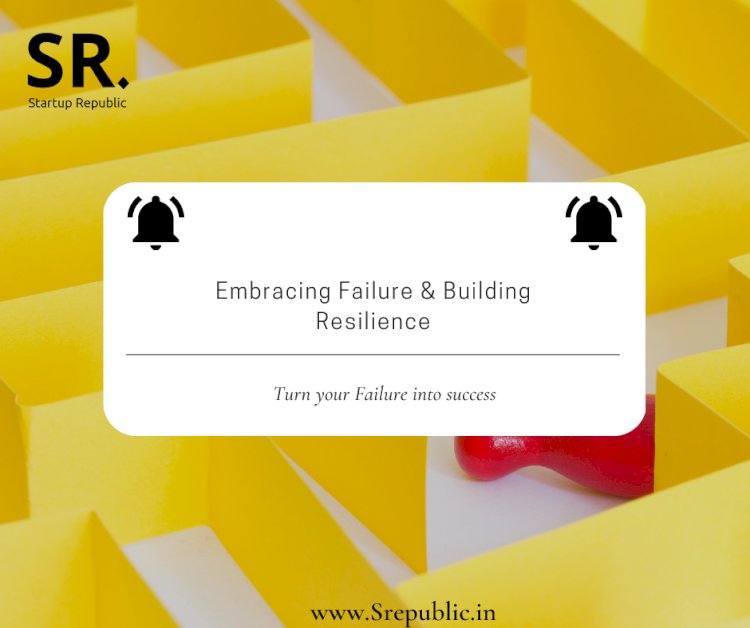
Unlocking Success: Your Comprehensive Guide to Customer Discovery Interviews & Asking the Right Questions
Imagine spending months, even years, building a product or service, pouring your heart, soul, and savings into it, only to launch it to crickets. No one buys. No one cares. Why? Because you built something nobody actually needed.
This nightmare scenario is surprisingly common, but it’s entirely preventable. The secret? Customer Discovery Interviews.
This in-depth guide will walk you through the essential process of customer discovery, helping you understand what it is, why it’s crucial, and most importantly, how to ask the right questions to uncover the real needs and pain points of your potential customers. Even if you’re a complete beginner, we’ll break it down into easy-to-understand steps.
What Exactly Are Customer Discovery Interviews? (And Why They’re Not Sales Pitches!)
At its core, a customer discovery interview is a structured conversation designed to learn, not to sell. It’s like being a detective, not a salesperson. Your goal is to deeply understand your potential customer’s world, their problems, their current solutions, and their desires, before you even think about offering your product.
Think of it as gathering evidence. You’re trying to validate (or invalidate) your assumptions about:
- Who your customer is.
- What problems they actually have.
- How they currently try to solve those problems.
- What impact those problems have on their lives or work.
This isn’t about pitching your brilliant idea; it’s about understanding if a problem exists that’s big enough for people to care about a solution.
Why Customer Discovery Isn’t Optional: The Benefits of Asking Before Building
Many aspiring entrepreneurs and product developers jump straight into building. They have a "great idea" and assume everyone will love it. This is a recipe for disaster. Here’s why customer discovery is absolutely vital:
- Validate Assumptions, Not Just Ideas: You probably have ideas about who your customer is and what their problems are. Customer discovery helps you confirm if these assumptions are true or just wishful thinking.
- Identify Real Pain Points: People don’t buy products; they buy solutions to their problems. These interviews help you uncover the actual frustrations and needs that your target audience experiences.
- Avoid Wasted Time & Money: Building a product no one wants is incredibly expensive in terms of time, effort, and financial resources. Discovery helps you avoid this by de-risking your venture early on.
- Build Products People Actually Need (and Will Pay For!): When you understand real problems, you can design solutions that truly resonate, leading to higher adoption rates and more loyal customers.
- Discover Untapped Opportunities: Sometimes, through these conversations, you’ll uncover needs you hadn’t even considered, leading to new product features or even entirely new product ideas.
- Achieve Product-Market Fit Faster: This is the holy grail for startups – building something that customers love and want, and that the market is ready for. Discovery is the fastest path there.
Before You Begin: Preparation is Key
Successful customer discovery doesn’t happen by accident. A little preparation goes a long way.
1. Define Your Learning Goals (Your Hypotheses)
Before you talk to anyone, clarify what you want to learn. What are your biggest unanswered questions or riskiest assumptions?
- Example Hypothesis: "We believe small business owners struggle to manage their social media content consistently."
- Your Learning Goal: "To understand how small business owners currently manage social media, what challenges they face, and how important consistency is to them."
Write down 3-5 key assumptions you want to test in each interview.
2. Identify Your Target Audience
Who do you think has the problem you’re trying to solve? Be as specific as possible.
- Bad: "Anyone with a computer."
- Good: "Freelance graphic designers who work from home and have less than 5 years of experience."
Think about where these people hang out (online forums, professional groups, local meetups) and how you can reach them for a conversation.
3. Craft Your Interview Guide (NOT a Script!)
This is a list of open-ended questions designed to guide the conversation, not a rigid script to be followed word-for-word. It’s your compass, not your map.
Key principles for your guide:
- Start Broad, Then Go Deep: Begin with general questions about their life/work, then drill down into specific areas related to your problem.
- Focus on the Past, Not the Future: People are terrible at predicting their future behavior. Ask about what they have done, not what they would do.
- Avoid Leading Questions: Don’t put words in their mouth.
- Aim for Open-Ended Questions: Questions that can’t be answered with a simple "yes" or "no."
During the Interview: The Art of Listening
This is where the magic happens. Your mindset during the interview is crucial. Be curious, humble, and above all, an excellent listener.
1. Your Mindset & Role
- You are a student, not an expert. You’re there to learn, not to teach or impress.
- Be genuinely curious. People can tell if you’re truly interested in their experiences.
- Be empathetic. Try to understand their emotions and frustrations.
- Leave your ego at the door. Your idea might be wrong, and that’s okay! It’s better to find out now.
2. Key Principles for Asking & Listening
- Listen More, Talk Less (The 80/20 Rule): Your interviewee should be talking 80% of the time, you only 20%. Resist the urge to fill silences.
- Empathy is Gold: Try to put yourself in their shoes. What are their daily struggles? What frustrates them?
- Dig Deep: The "Why" is Your Friend: When they mention a problem or a way they do something, ask "Why?" repeatedly (often called the "5 Whys" technique).
- Example: "I spent hours on that report." -> "Why was it so time-consuming?" -> "Because I had to manually pull data from different systems." -> "Why couldn’t you automate that?"… and so on.
- Focus on Past Behavior, Not Future Intent: This is critical.
- Bad Question: "Would you use an app that helps you track your expenses?" (They’ll probably say yes to be polite, but it doesn’t mean they actually will.)
- Good Question: "Tell me about the last time you tracked your expenses. What tools did you use? What was difficult about it?"
- Avoid Leading Questions: These questions nudge the interviewee towards a specific answer.
- Bad Question: "Don’t you agree that managing your social media is a huge headache?" (You’re telling them it’s a headache).
- Good Question: "How do you currently manage your social media? What are some of the challenges, if any?"
- Don’t Pitch Your Solution (Yet!): Resist the urge to tell them about your amazing product idea. This interview is about their problem, not your solution. If you pitch, they’ll start giving you feedback on your idea, not their underlying problem.
- Take Notes: Jot down key phrases, verbatim quotes, and observations. Don’t rely on your memory. If possible, ask permission to record the audio (for your ears only!).
3. Examples of Good Customer Discovery Questions
These are just starting points; let the conversation flow naturally!
Understanding Their World/Context:
- "Tell me about your role at [Company/Job] and what a typical day looks like."
- "How long have you been doing [activity related to your problem]?"
- "What are your biggest priorities right now?"
Uncovering Problems & Pain Points:
- "When you’re trying to [achieve a goal related to your problem], what are some of the biggest challenges you face?"
- "Can you tell me about a recent time when you experienced [specific problem]? Walk me through what happened."
- "What frustrates you most about [current process/tool they use]?"
- "What do you wish you could do differently when it comes to [area related to your problem]?"
- "How much time/money/effort does [the problem] cost you?"
Understanding Current Solutions:
- "How do you currently solve [the problem]?"
- "What tools or methods do you use today?"
- "What do you like/dislike about your current solution?"
- "Have you tried other solutions in the past? What happened?"
Impact & Importance:
- "How important is it for you to solve [this problem]?"
- "What would be the impact on your [life/work] if this problem were solved?"
- "Who else is affected by this problem?"
After the Interview: Making Sense of It All
The interview isn’t over when you hang up the phone. The real work of analysis begins.
1. Synthesize Your Findings Immediately
Right after each interview, while it’s fresh in your mind, summarize your key takeaways.
- What were the major pain points mentioned?
- What existing solutions are they using?
- What did you learn that surprised you?
- Did this interview validate or invalidate any of your initial hypotheses?
2. Look for Patterns, Not Just Anecdotes
Don’t make decisions based on one interview. As you conduct more, you’ll start to see patterns and recurring themes across multiple conversations.
- Are 80% of your interviewees struggling with the same specific issue? That’s a strong signal.
- Are different people using similar workarounds for the same problem? That’s an opportunity.
3. Document Everything
Use a simple spreadsheet or a dedicated tool to track your interviews. Include:
- Interviewee’s name/details
- Date of interview
- Key pain points identified
- Current solutions used
- Quotes (verbatim is powerful!)
- Your updated hypotheses/insights
4. Refine Your Hypotheses & Iterate
Based on your findings, refine your understanding of the problem and your target customer. You might discover:
- Your initial problem was slightly off.
- Your target audience is different than you thought.
- There’s a much bigger problem you didn’t even know existed!
This is the beauty of discovery – it’s an iterative process. You learn, you adjust, and then you might go back and talk to more people with your refined understanding.
Common Mistakes to Avoid During Customer Discovery
- Talking Too Much: Remember the 80/20 rule!
- Pitching Your Solution: This will shut down real learning and lead to polite, but unhelpful, feedback.
- Asking Leading Questions: Don’t put words in their mouth or assume their problems.
- Focusing on "Would You" Questions: Future intent is unreliable. Focus on past behavior.
- Interviewing the Wrong People: Make sure you’re talking to your actual potential customers who experience the problem.
- Not Taking Good Notes: You’ll forget crucial details if you don’t capture them.
- Being Defensive: If someone doesn’t see the problem you think they have, it’s not their fault, it’s a learning opportunity for you.
Conclusion: Your Path to a Customer-Centric Product
Customer discovery interviews are the bedrock of building successful products and businesses. They might seem daunting at first, but with practice, you’ll become a skilled interviewer, uncovering invaluable insights that your competitors might miss.
By consistently asking the right questions, listening deeply, and being open to learning, you’ll not only save yourself immense time and resources but also dramatically increase your chances of creating something truly meaningful that your customers will love and pay for.
So, stop guessing, and start asking! Go forth and discover the real needs of your future customers. Your success depends on it.



Post Comment